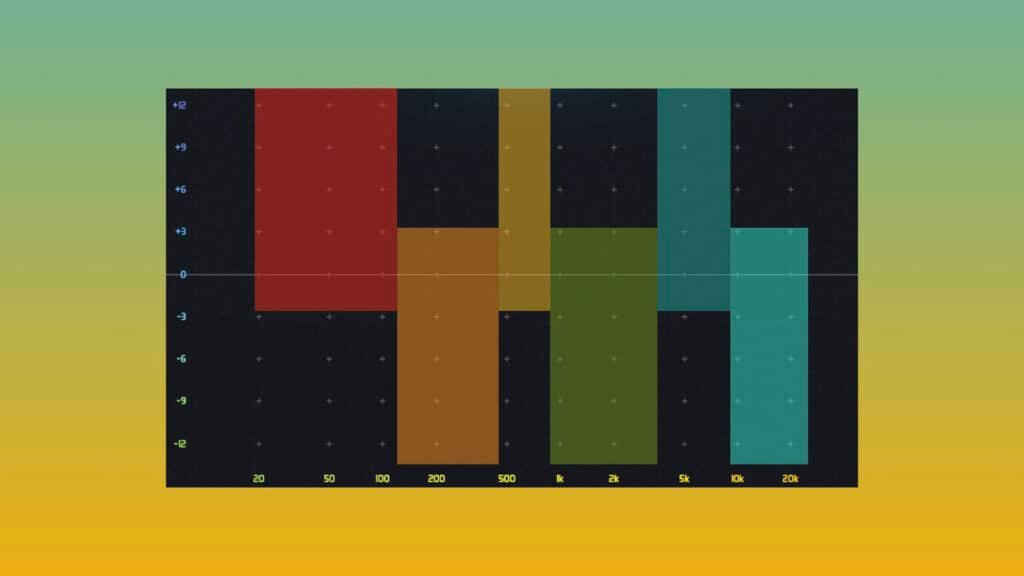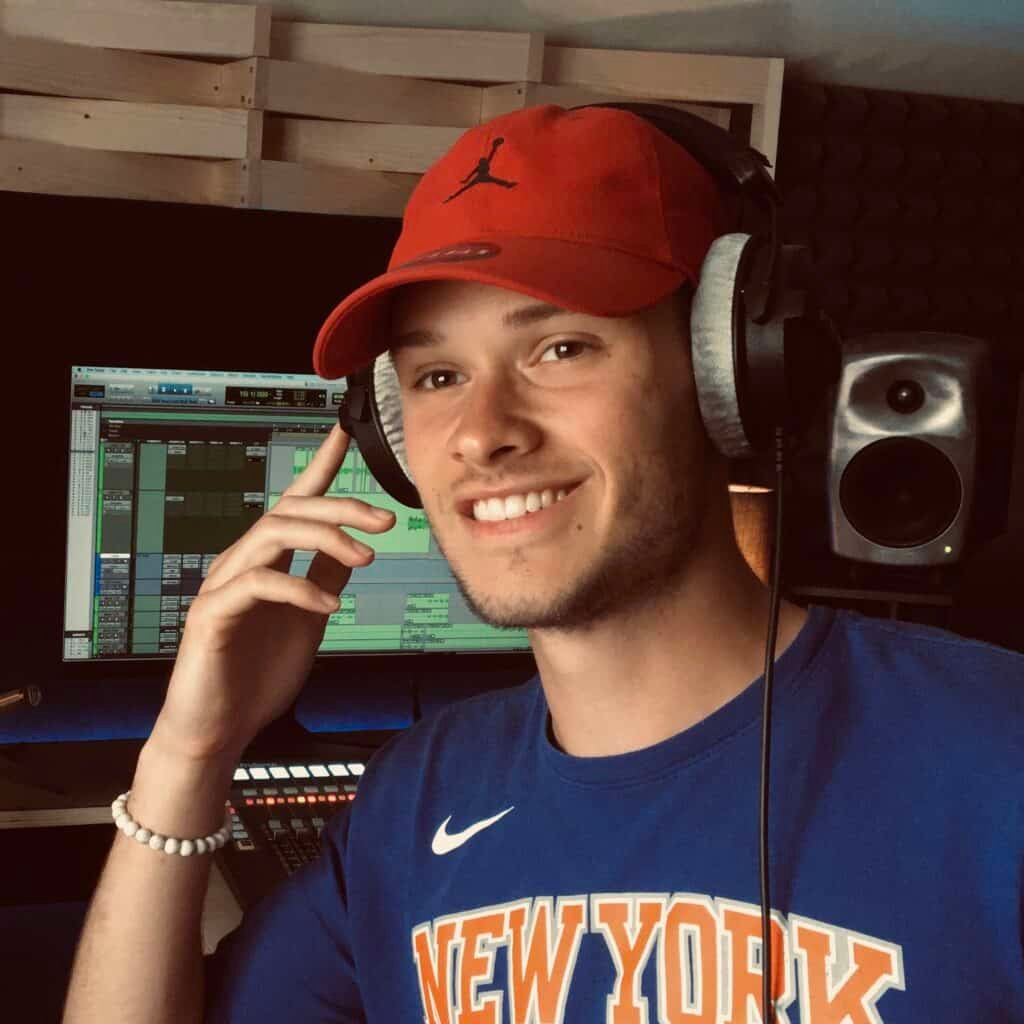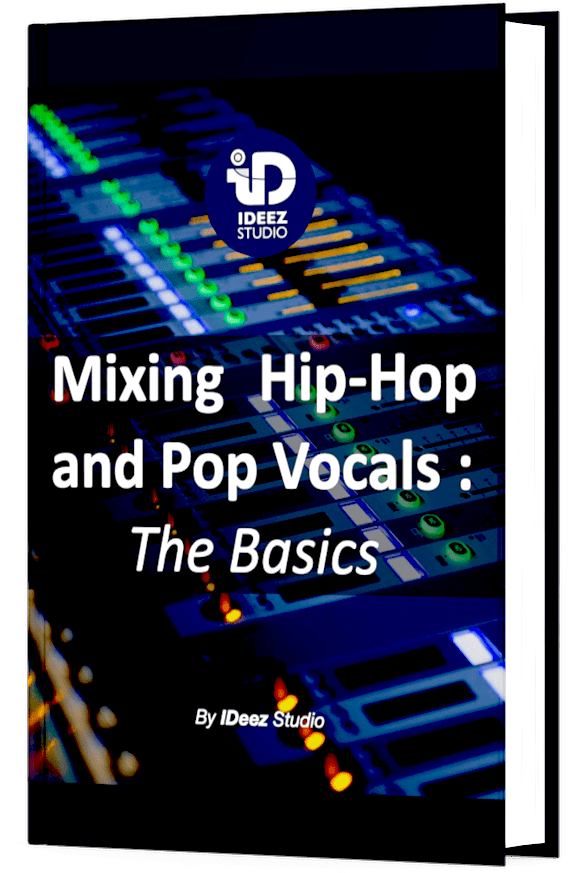If you’re a beginner in the field of vocal mixing, or even if you already have some experience, you have probably already noticed that EQ is one of the most important elements for a quality mix. But for an efficient and qualitative work, you need to have a structured mind and act step by step. In this article, we’ll look at the 6 frequency bands to focus on when mixing vocals.

In vocal mixing, the 6 frequency bands to focus on are :
- Bass range (20 Hz – 125 Hz)
- Low-mid range (150 Hz – 400 Hz)
- Box range (500 Hz – 800 Hz)
- Mid range (1000 Hz – 4 kHz)
- High-end range (6 kHz – 10 kHz)
- Air zone (12 kHz – 20 kHz)
These frequency bands are theoretical and can in no way be taken as a generalization. It is above all a question of having reference points to work faster and more efficiently.
1. Bass range (20 Hz – 125 Hz)
The very first thing you need to think about when you open your EQ plugin on a vocal track is to cut the low end. Keep in mind that…
- Male voices rarely go below 100 Hz
- Female voices rarely go below 130 Hz
Unless the vocal you’re working on is a baritone voice, you will never go below these values.
The best way to get rid of this unnecessary frequency range is to use a low-cut filter. This filter can also be called a high-pass filter (HPF).

2. Low-mid range (150 Hz – 400 Hz)
Also called the “mud” range, this is a very delicate frequency band. In this area you are very likely to find resonances from the room and the singer’s voice. You will usually find 2 or 3 “bad” frequencies in this frequency zone, which are usually multiples/harmonics of the lowest one.
For example, if the lowest resonant frequency is at 170 Hz, there is a good chance that the other frequencies will be at 340 Hz, then at 680 Hz, etc…
It is important to cut these frequencies with a very tight Q. You can use the sweeping EQ principle to find these frequencies quickly. It usually looks like that…

In addition to these resonant frequencies, this range is also generally to be reduced to enjoy a pleasant voice in the mix. Keep in mind that…
- If you boost it too much, it will sound muddy and / or mushy.
- If you cut it too much, it will sound thin.
In general, it is quite rare to boost this frequency range.
Need a professional sound engineer specializing in pop and hip-hop mixing ? Great! Take a look at our services and let’s blow up your career together!
Let’s start now!
3. Box Range (500 Hz – 800 Hz)
In this frequency band, the principle is very simple. If you have the impression that the voice sounds like in a box (we will speak then of a boxy voice), turn down this frequency band.
If, on the other hand, you feel that the vocals are far away in your mix, you should boost this frequency range.
Towards the top of this zone (around 800 Hz), you will also notice that this is the zone where the voice can sound very nasal, as if the singer were talking from the nose. If this is the case, turn down this frequency range.
4. Mid Range (1000 Hz – 4 kHz)
This frequency area is very important, it is where all the interesting audio information of a voice is found. This is the frequency range of presence.
If this frequency range is reduced too much, it will be completely masked by the rest of the mix. On the other hand, if you need to feel your vocals more present within in the mix, you can boost this frequency area.
5. High-end Range (6 kHz – 10 kHz)
This is the most aggressive range of a voice. This is where you will find…
- The highest harmonics, which can be very energetic
- The sibilant sounds (“s”, “ch”, “f”), which are, in a typical human speech, consonants much more energetic than the rest.
The hardest thing about this frequency range is to control it so that the dynamics are not too high.
This is where a tool called a de-esser can help us a lot: its purpose is to reduce the energy of this frequency range as soon as the level is too loud (usually because of the consonants mentioned above).
If you feel you need more aggressivity in the vocals you’re mixing, boost that frequency range. But be careful though, this can be very risky, because you will also boost all the sibilant sounds. The correct use of a de-esser is therefore essential.

6. Air Zone (12 kHz – 20 kHz)
In my opinion, this is the most beautiful and interesting frequency range of a voice in vocal mixing. Brilliance, clarity, air,… This is the area where you would go to get all of that.
You’ll never get much acoustic energy in this area, and that’s exactly why it’s important to use it in a relatively subtle way.
Whether the voice you’re working on is female or male, you can usually boost, with a high-shelf filter, by at least 2-3 dB. This will give a feeling of openness that the human ear really likes.
If you think that you need more, go for it! But don’t go too far, some people boost the air zone by 10 dB or sometimes 15 dB!! This is way too much… Nothing in vocal mixing needs such a boost.
At IDeez Studio, there are 2 plugins that we use everyday to boost the air of our vocal tracks :
A. Vitamin (Waves)
Whether you’re working on vocals or on a mix bus, Vitamin is probably the best plugin to boost the high-end and air range. Push the fader on the right pretty drastically (picture) and you will hear amazing results! Don’t be afraid to push the faders!

B. FG-S (Slate Digital)
In my opinion, this is the best emulation of the legendary EQ SSL. Set your treble knob to 14 kHz, boost it by 2-3 dB, and you will hear the vocals come alive in a disconcerting way. Nothing beats an SSL EQ!

What a typical vocal EQ looks like
Here’s what a typical EQ looks like. Advice : Don’t copy it!! It is just an example, something that might help if, later, you need a visual reference. But overall, everything’s there, we… :
- Cut the low-end range
- Cut bad frequencies in the low-mid range with a tight Q.
- Turned down the boxy range slightly
- Turned down the mid-range to blend it into the mix
- Cut a harsh frequency between the mid and high-mid range
- Boosted the air zone to open up the vocal track
Most of the time, a single EQ plugin is not enough. Indeed, you can see here that most of the frequency bands are reduced. Then you can use other EQs to boost certain frequencies and make the voice more powerful. This will be called an additive EQ.

6 Frequency Bands : Conclusion
There is no better way to learn how to use an EQ than to learn how to divide it into frequency bands that you can put words or emotions on. There is no secret code, because every recording is different: the microphone, the room, the preamp, the converters and the singer himself/herself are elements that will vary the sound result.
When you equalize your next vocal tracks, think of working band by band, from the lowest to the highest. Force your brain to analyze what is going on in each band, because a well-functioning mind is a structured mind. By doing this, your progress will be exponential.
Related Articles:
My favorite tools for mixing pop and hip-hop music:
Plugins
In the field of auto-tune, I’m convinced that nothing’s better and more efficient than Antares Auto-Tune Pro. As for the EQ’s, FabFilter Pro-Q3 and Slate Digital Infinity EQ are, in my opinion, the best tools. For compression, I have 2 favorites plugins: Waves RComp and UAD EL8 Distressor.
As for reverb, I’m a big fan of the Soundtoys Little Plate, but generally, I go for the Valhalla VintageVerb for its versatility. I also love the Arturia Rev PLATE-140 and the UAD Pure Plate for its organic side.
Headphones
The closed headphones I love and will always love using for mixing pop and hip-hop music are the Beyerdynamic DT-770. As for the best open-back headphones, I use the Sennheiser HD600 headphones, and I’m really happy of them!
Monitors
Having a pair of Yamaha HS7 in its studio or home studio is always cool for more excitement while listening to your mixes. The Adam Audio T7V monitors are also super accurate. In my studio, I also have a pair of Genelec 8030 for their reliability.
Hardware gear
For anyone who wants to start using hardware in their mixes, I always recommend these 2 units from Klark Teknik: the EQP-KT and the 76-KT. Don’t forget to use good converters, such as the Apollo interfaces. This is essential for a good rendering.






